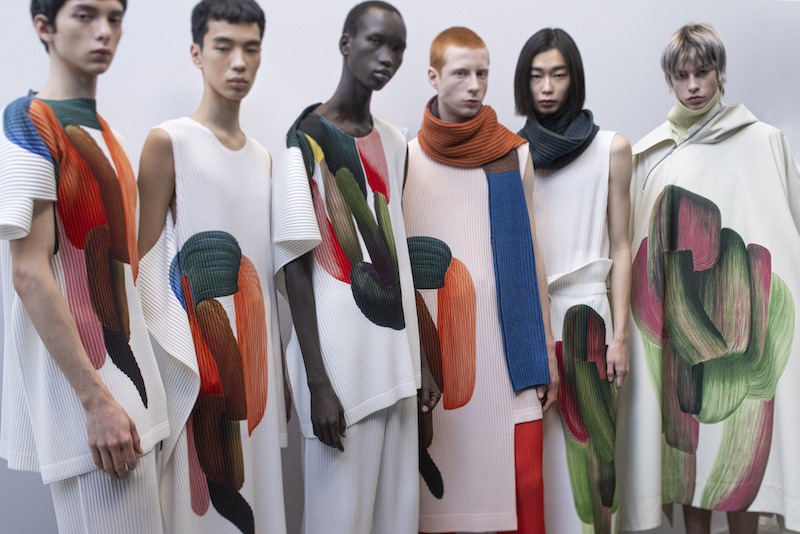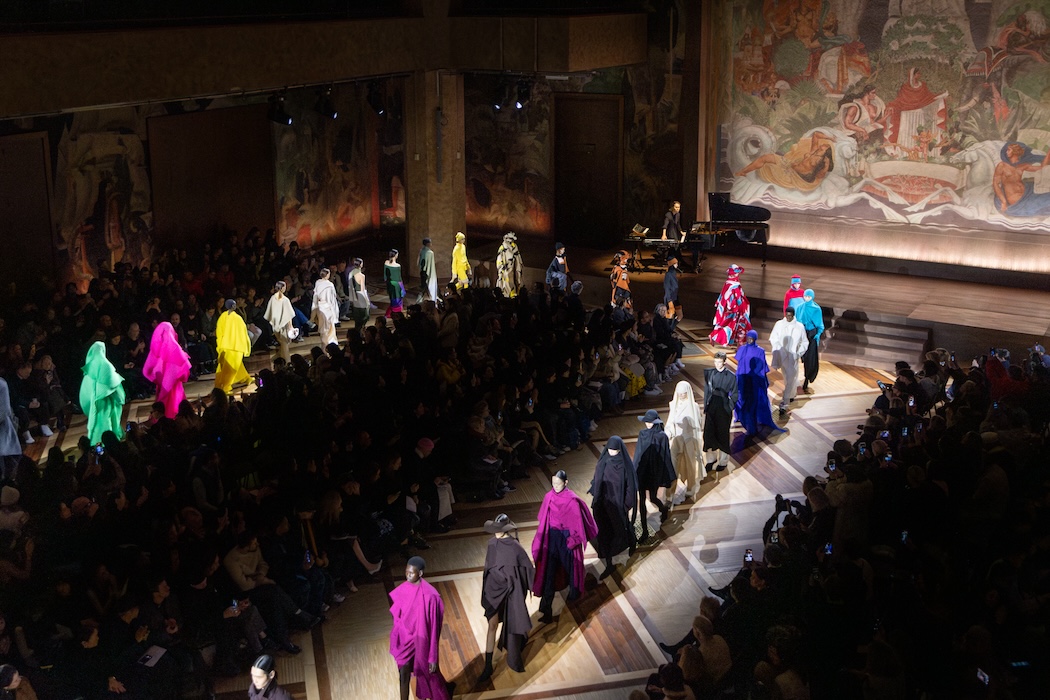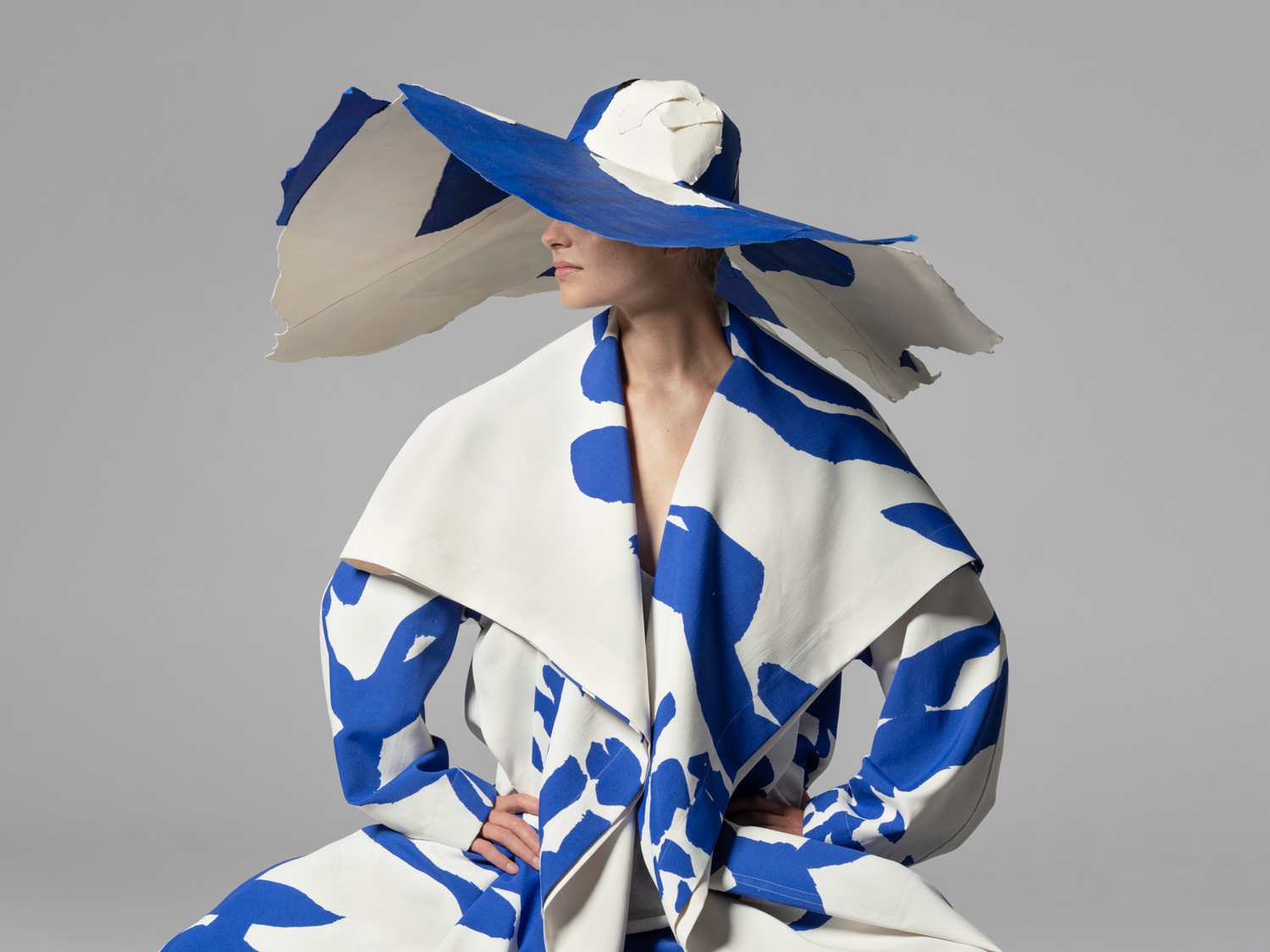Earlier this fall, ISSEY MIYAKE brought new life to the iconic artwork of Tadanori Yokoo with the launch of “TADANORI YOKOO ISSEY MIYAKE.” The collaboration between the esteemed Japanese artist and the house’s designer Yoshiyuki Miyamae is a series of blousons featuring eight of Yokoo’s existing works.
Yokoo’s longstanding relationship with the house and its founding designer dates back to the early days of the brand, when the artist began creating the Paris Collection runway show invitations in 1977. The tradition has been upheld in the years since, with Yokoo adapting his vibrant personal style in congruence with the designs of Mr. Issey Miyake’s successors.
Yokoo’s latest clothing collaboration with the house, the project was executed with the A-POC (“A Piece of Cloth”) concept—a unique weaving process launched by the house in 1998, which creates the design at the same time the fabric is being made from thread. Exploring new possibilities within the A-POC process, the collaboration sees the artist’s works recreated on the blousons using only seven colors and a single piece of cloth, which is woven using recycled polyester thread.
On the outside, Yokoo’s vibrant Pop Art influences envelop the colorful garments with older works like Tarzan is coming (1974) and Bride and Mona Lisa (1966), as well as newer creations like his KEY BEAUT.Y. (2017). On the inside, a beautiful inverse of the image has been perfected, to be experienced by the wearer.
Debuted in Japan at three of the house’s retail locations, the release of the collaboration was accompanied by exhibitions in each city, including one in Tokyo’s Daikanyama at T-Site Garden Gallery, at the “Creation Space” in the basement of the Semba boutique, and in Kyoto at KURA Gallery. In addition to a display of the blousons themselves, viewers were presented with visuals that expand upon the A-POC process, like woven fabrics and the individual components included in the making of the garments.
To learn more about the collaboration, Whitewall spoke to Miyamae and Yokoo.
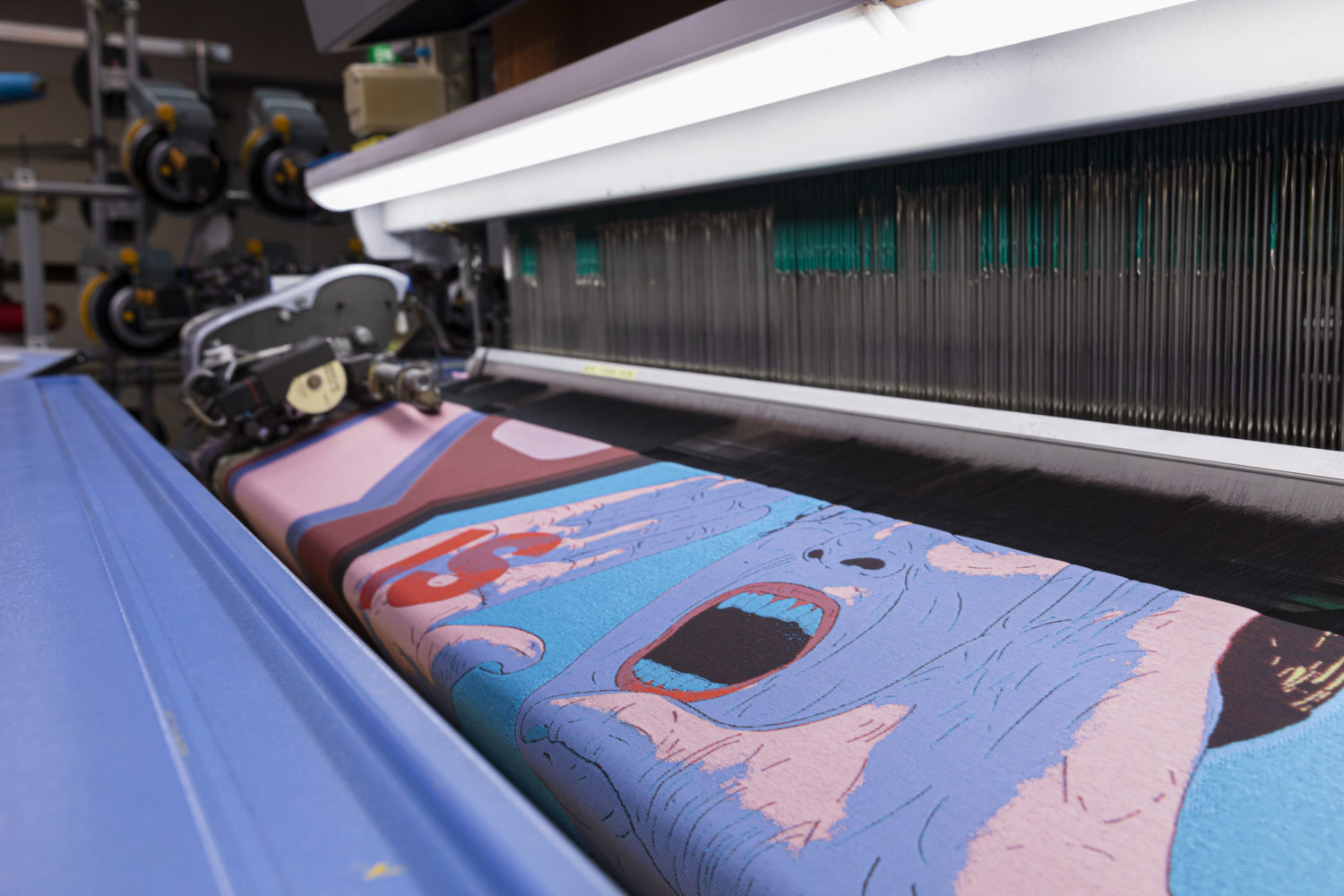
Tadanori Yokoo for ISSEY MIYAKE, courtesy of ISSEY MIYAKE.
WHITEWALL: What was it like working with Tadanori Yokoo on this collection? Tell us about the creative and production processes.
YOSHIYUKI MIYAMAE: The inspiration I received from Mr. Yokoo’s works, which are always changing dynamically, was immense. Working with him gave me an insight into his attitude as an artist. At the same time, it caused me to reflect on the concept of making things at ISSEY MIYAKE that was created by Issey Miyake, who established and developed a creative relationship with Mr. Yokoo.
I think Mr. Yokoo repeatedly depicts the same motifs while expanding his expressions. Mr. Yokoo refers to this process as “repetitions.” We too have evolved making things through A-POC while continuing its concept. Realizing that Mr. Yokoo’s “repetitions” and our making things might resonate was a major clue in pursuing new possibilities for clothing in this project.
WW: Tell us about the eight works you’ve transferred onto blousons. Were there any challenges in the process?
YM: This was going to be the starting point for our project with Mr. Yokoo, and so we selected iconic pieces that are typical of his work. Of course, among them are Mr. Yokoo’s “repetitions” that I mentioned earlier. His works are vivid and powerful. The biggest challenge was to express that energy through weaving.
WW: “TADANORI YOKOO ISSEY MIYAKE” expands the house’s A-POC concept by transferring Yokoo’s paintings onto clothing. Were there any new materials or technologies explored here?
YM: The concept of A-POC is universal, but the things made possible through A-POC have expanded and I can liken that development to increasing the pages of a book.
Through this new endeavor, we have again increased what A-POC can do anew. I am excited about what we might be able to challenge next, founded on the knowledge that was born in order to replicate Mr. Yokoo’s works so meticulously.
WW: The inside of the blousons offers an inverse of the imagery depicted on the outer side. Can the pieces be worn both ways or is this just a fun detail for the wearer to enjoy?
YM: When we first showed Mr. Yokoo the blousons, he was delighted by the unexpected colors on the inside. It is gratifying to encounter unexpected creations as a result of taking on a challenge. The blousons aren’t reversible, but in order to enable the wearer to enjoy the unexpected fun detail, we finished the reverse side properly.
WW: There are exhibitions accompanying the release of the blousons at three different locations. Tell us about these presentations.
YM: Daikanyama is a city that transmits the culture of Tokyo, Semba is where diverse cultures and people come and go, and Kyoto is a city of tradition and innovation. We came up with exhibitions that communicate the appeal of this project in each location. I am already looking forward to what kind of response there will be from each city.
WW: Can we expect more from this project in the future?
YM: As the starting point of the project, we labeled this first iteration “TADANORI YOKOO ISSEY MIYAKE 0”. We plan to continue with 1, 2, and so on.
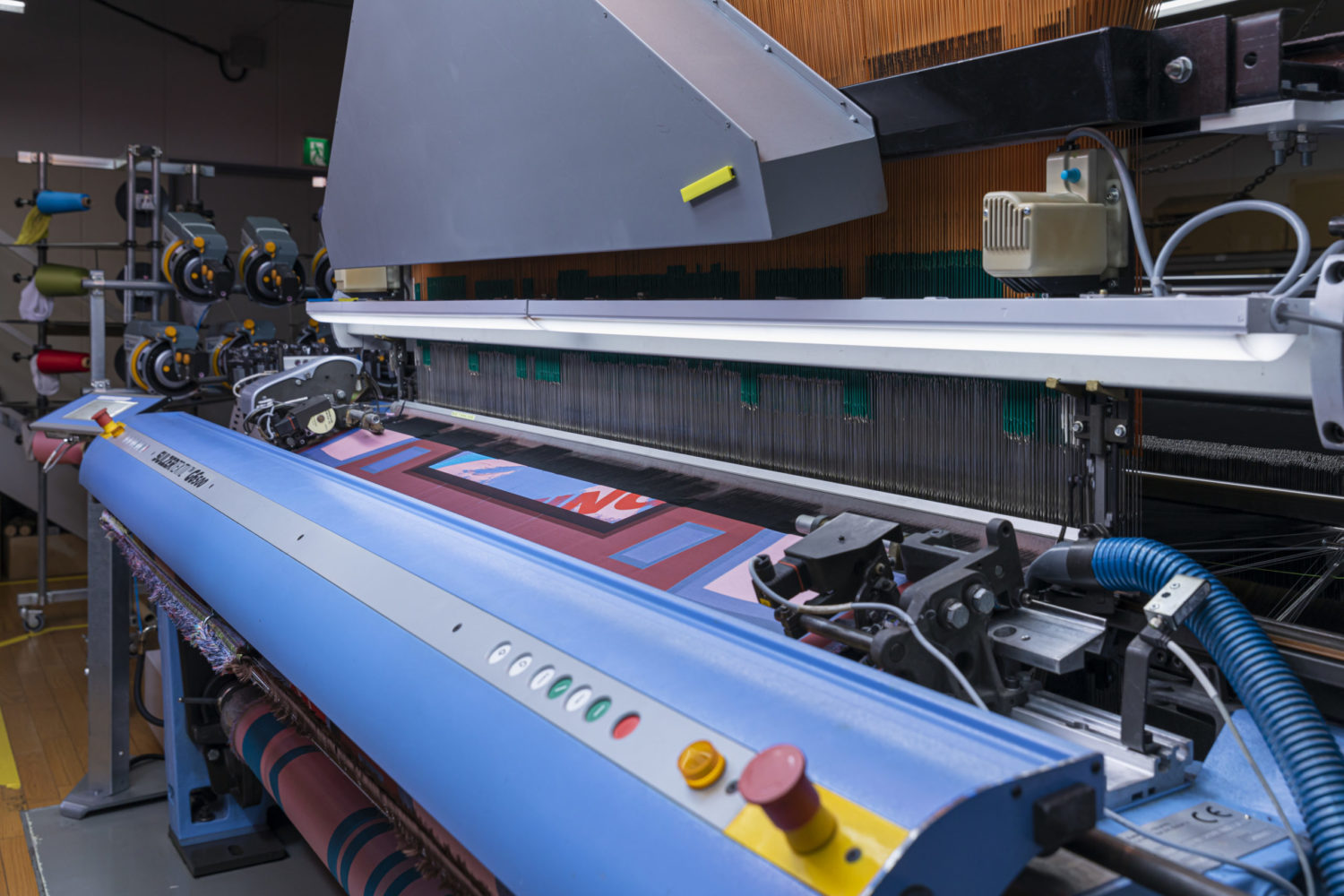
Tadanori Yokoo for ISSEY MIYAKE, courtesy of ISSEY MIYAKE.
WW: Mr. Yokoo, you first began working with Issey Miyake in 1977. How has your relationship with the brand evolved in the years since?
TADANORI YOKOO: Since first starting to design his Paris Collection invitations in 1977, I have been creating them for 43 years. During that time, four young designers succeeded Issey Miyake respectively, but I have continued to design the invitations. While Issey-san was doing the Paris Collections, I used to paint his portraits for the invitations, but since the four designers succeeded, I have been reflecting ideas in line with their clothing concepts into the invitations.
WW: What was it like working with Yoshiyuki Miyamae for this collection?
TY: The collaboration on the creation of blousons with Mr. Miyamae this time was a completely different work from the invitations I designed for him when he was in charge of the Paris Collections. He selected mostly works I did in 1966 and broke them down for each part of the blouson to turn two-dimensional paintings into three-dimensional clothes. I think it gave the paintings more physicality.
WW: In the past, you’ve said your art combines American pop art imagery and Japanese icons. Can you tell us how these influences have evolved with your work over time?
TY: My recent paintings have changed a great deal from the works that were introduced before in Whitewall. They are still large and depict fragments of very ordinary everyday life. Furthermore, every time I paint, the style of the work varies greatly. The things I depict do not have a clear form. They blend dimly into the background and transform into paintings. I think they will continue to change even further as time goes by.
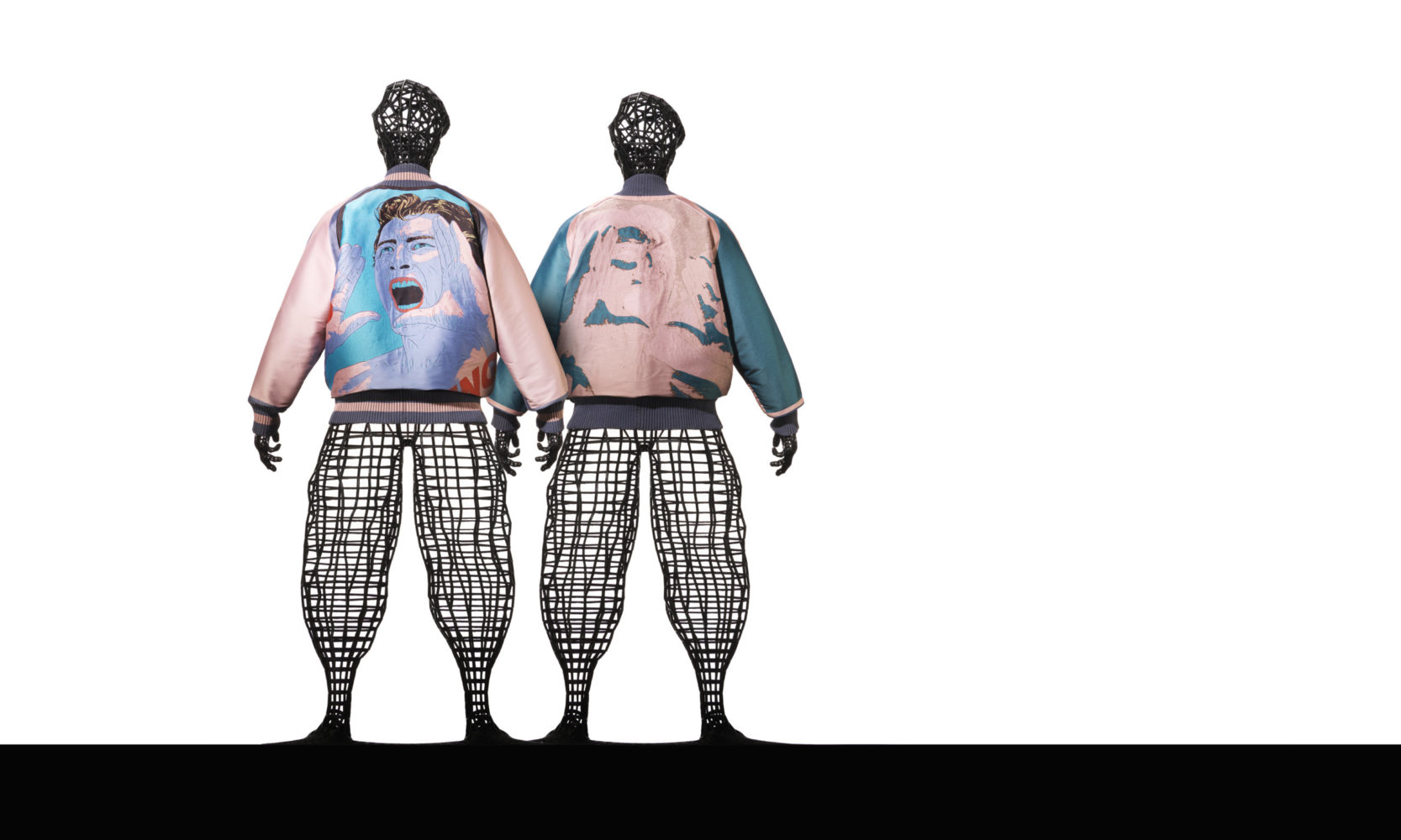
Tadanori Yokoo for ISSEY MIYAKE, courtesy of ISSEY MIYAKE.





